This is an authorized translation in English of a post in French by @terresco: De Cape Town à Mombasa, 3 mois, 8 pays, 12 500 km – La Namibie
Remember that the person who speaks here is NOT me, Vincent Celier (@vcelier), but @terresco, a French guy.
Namibia
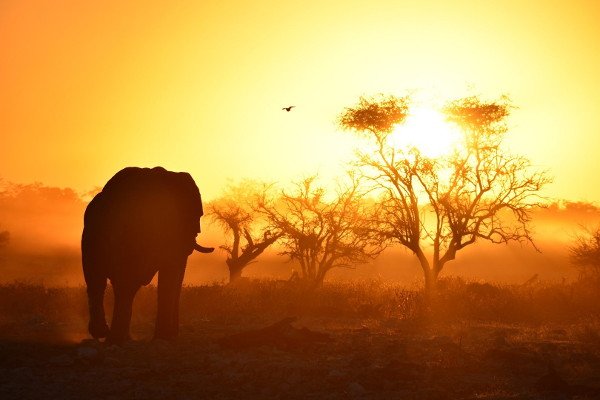 )
)Once we cross the Orange River we are in Namibia. Our idea was to follow the coast through the dunes, but you cannot go against the power of the diamond miners who have closed, for their sole benefit, a territory the size of Belgium. It does not matter, because there are many more things in Namibia than we will have time to see.
Namibia becomes touristy. It is a exotic and varied country, offering infinite and wild spaces at very reasonable prices. A place famous for its powerful wind, allowing kitesurfers to beat almost every year speed records. Surfers explore waves as perfect as they are difficult to access. Surf and kitesurf were unfortunately too bulky in my luggage, so I had to resolve to leave them at home.
For the record, Namibia is also one of the youngest countries in Africa since it exists only since 1990. The fate of Namibia has been, and remains, very much tied to that of South Africa. You will remember that 1990 is the year when Nelson Mandela was released from prison.
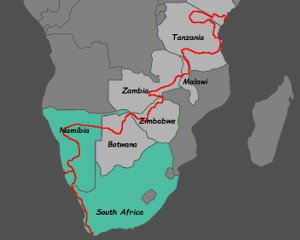
Kolmanskop, the ghost town
The first city that has been "authorized" by diamond miners is Lüderitz. A name with German consonances. Indeed Namibia has been a German colony at the beginning of the XXth century. This is where they created their first development center. They thought they would be raising sheep. Sheep in this sand landscape it must be atypical! The plans quickly changed with the discovery of the diamond areas and it is a few miles away that De Beers created a city, Kolmanskop, that became a major economic center for 40 years, then had been abandoned in the 1950s. It is silted today but it houses a small museum and can be visited. I loved to hang out in houses inhabited by sand, and to imagine this thrilling life, this complex organization in this isolated place.
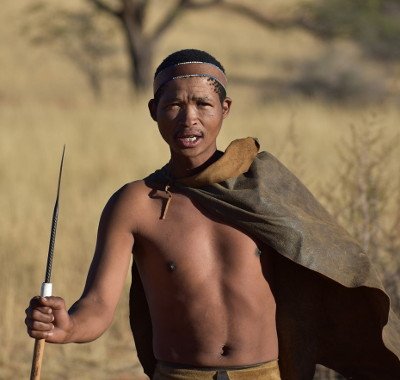
The Namib, the oldest desert in the world
When you like to drive on the sand, you can reach the dunes of Sesriem by the long way. In the heart of the Namib desert, one of the oldest in the world. I pass you the practical difficulties, deflation of tires, silting, orientation and discussion with the authorities on arrival in the national park. The administration has provided an excellent trail through which tourists are expected to arrive and they do not have any forms when we arrived. In Africa, everything is always solved and we admire this dry lake surrounded by dunes more than 300m high whose ocher colors vary according to the hours of the day. It is absolutely necessary to take the time to climb on one of these dunes to admire the landscape.
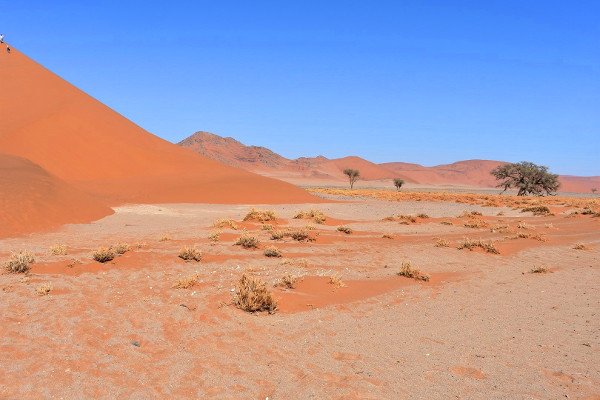
A mineral world
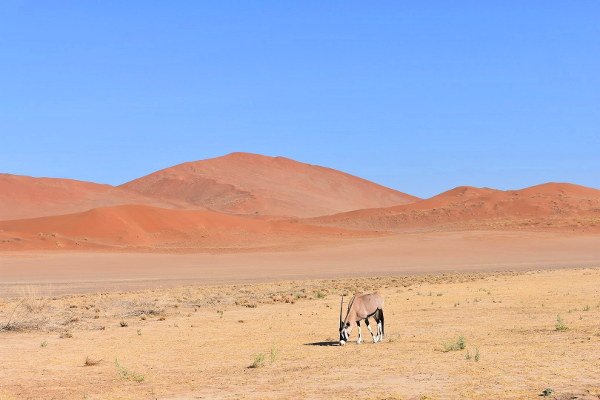
The oryx is adapted to this arid environment as it can do without water for several months
The Etosha pan (dried lake), a sanctuary of wildlife
To the north, the Etosha National Park is a real refuge of animal life. It extends around a vast dry lake, which is called a "pan". It is a salt marsh, completely dry during austral winter, with dazzling and infinite whiteness. It is said that it is so big that it can be seen from space; I did not check. Despite the aridity of the region the park is home to all the animals that give Africa its reputation, lions, elephants, zebras, rhinos, antelopes ... and countless species of birds. The creation of Etosha dates from the beginning of the century during the German colonization. On the schedule of all the tourist agencies but not to miss under any pretext.

Zebras have an excellent vision but little sense of smell, they are often with wildebeests that have an excellent sense of smell but are very myopic. Nice example of complementarity.

Exiting from cars is forbidden in the park but outside the park beware of lionesses, you only see them at the last moment
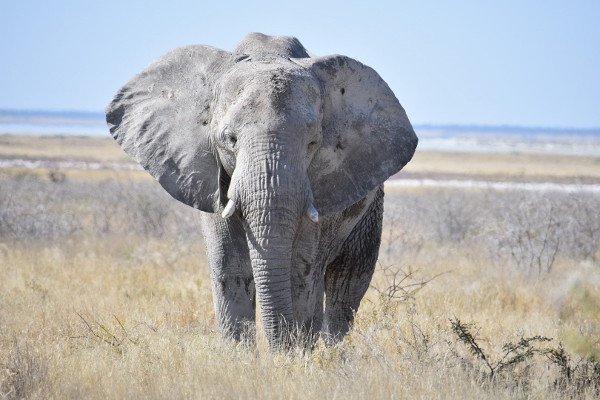
Elephants take on the color of the soil that they spray on themselves for protection. Here, during dry winters they suffer from dehydration.
Namibia cannot be described just by this brief article, it should have been about magical encampments, in pristine nature, that delighted us, the kind of place where there is nothing and everything at once. It should be necessary to be able to describe the Fish River Canyon, second biggest canyon of the world. And the mysterious Skeleton Coast, paradise for adventurers in search of solitude. Namibia is not easily conquered even when you love this kind of expeditions. I blame myself for not talking about the Caprivi Strip. This strip of territory sinks strangely between Botswana to the south and Angola and Zambia to the north. Caprice of the country cutters, seeming to point fingers Victoria Falls.
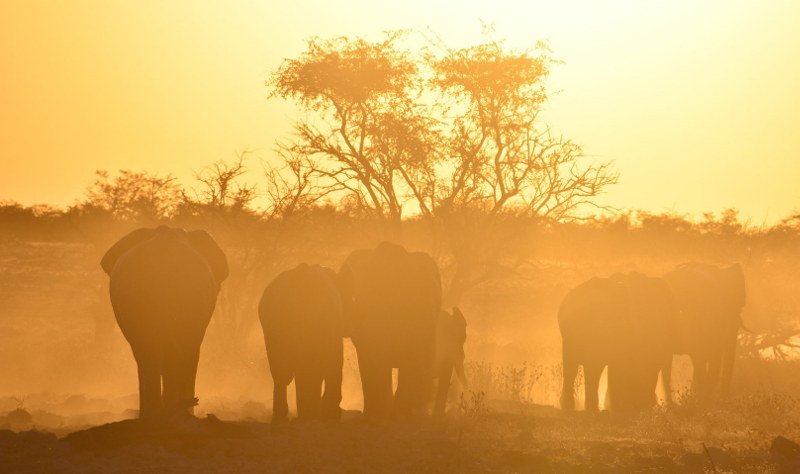
-- @terresco
Africa, the long crossing
From Cape Town to Mombasa: South Africa
